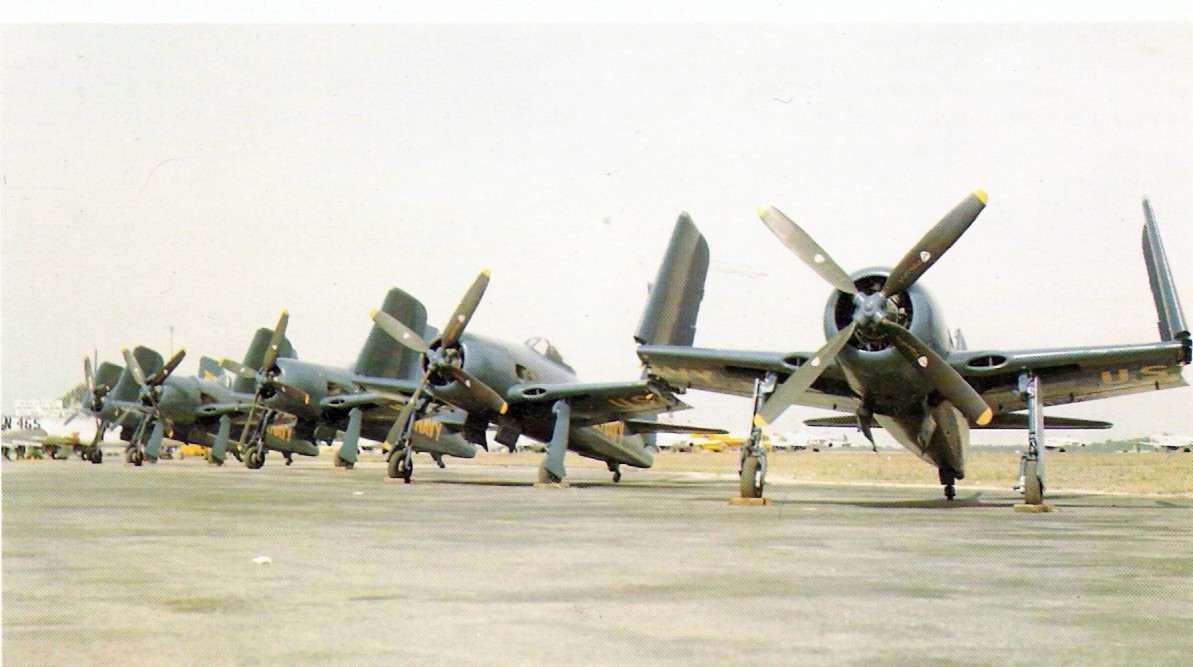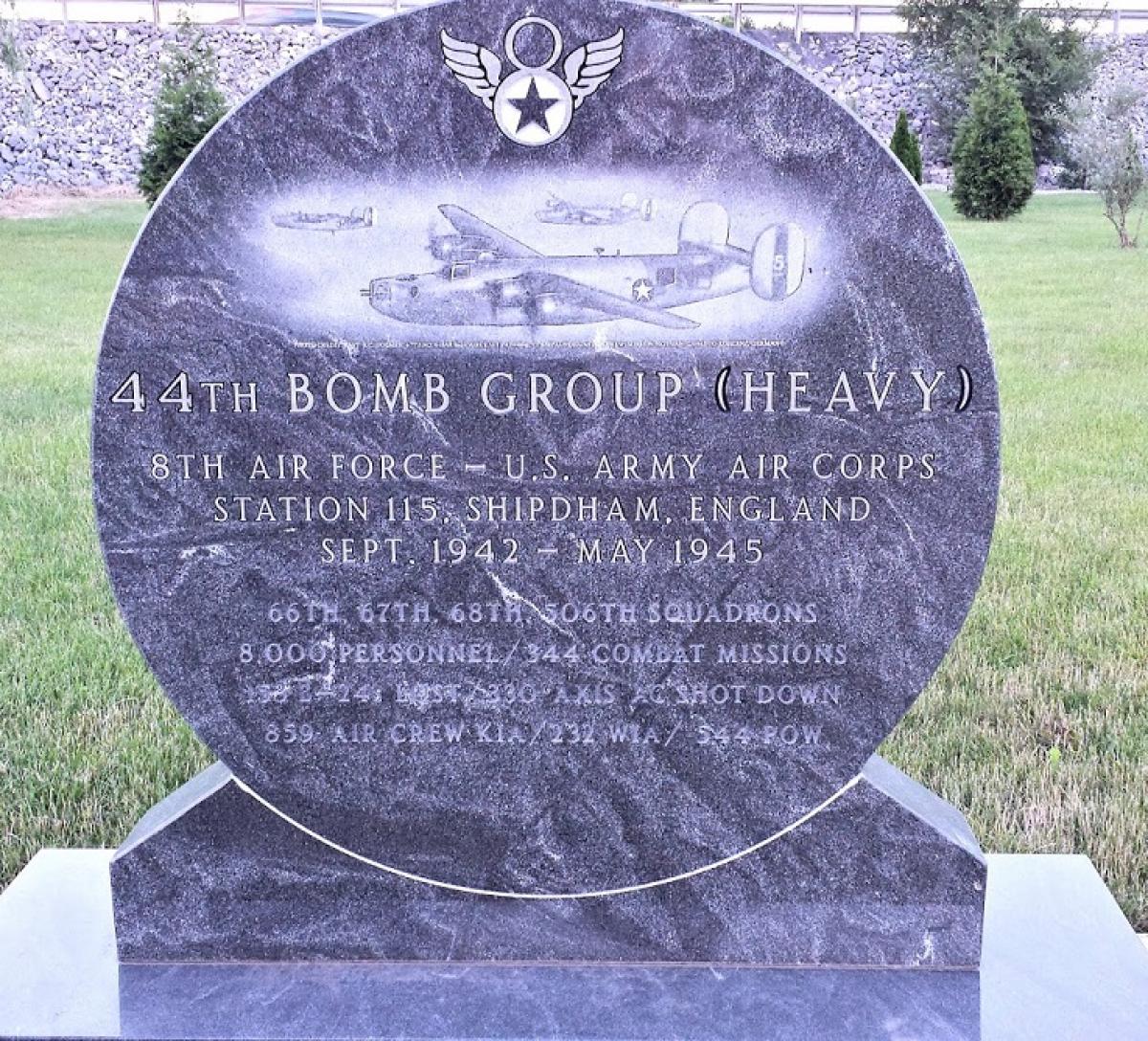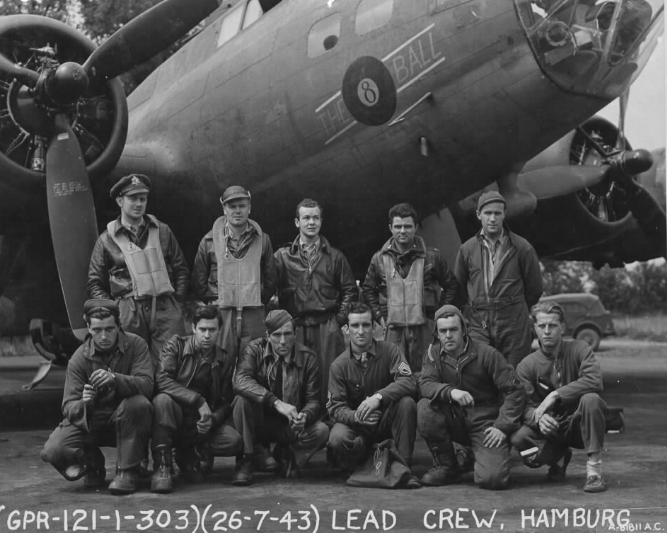Homebrewcock
GCF Top Poster
Whitt Merrifield knocks Wingo in to score the winning run and win the CWS.






https://www.profootballhof.com/players/ray-guy/Ray Guy became the first punter ever selected in the first round of a National Football League draft when the Oakland Raiders tapped him as the 23rd player chosen in 1973. The 6-3, 195-pounder from Southern Mississippi spent his entire 14-season, 207-game career with the Raiders. His career punting average was an excellent 42.4 yards and he averaged more than 40 yards 13 of his 14 seasons. The only time he fell below the 40-yard average mark came during the strike shortened (9 games) 1982 season, when he averaged 39.1 yards. Only three of his 1,049 punts were blocked and he ranked second all-time at the time of his retirement by punting 619 straight times without a block in a period from the 1979 season until the end of his career in 1986.
Guy led the NFL in punting in 1974, 1975, and 1977 and finished second three times and third once. A veteran of 22 post-season games, he added 111 punts for a 42.4 average to his career totals. He played in seven Pro Bowls and was named All-Pro six times and All-AFC seven times. His top seasonal average – 45.3 yards on 69 punts – was recorded in his rookie season. His longest punt in the NFL was a 74-yarder against Denver in 1977. In the 1980 AFC Championship Game, he boomed a 71-yarder against San Diego. Besides being a long-distance punter, Guy specialized in putting opponents in poor field position with his pinpoint punts. In the 11 seasons after such records were kept, he was credited with 209 “inside the 20” punts. More than a third of them – 77 – came in his final three seasons.
_underway_in_1993.jpeg/1280px-USS_Jason_(AR-8)_underway_in_1993.jpeg)
Jason served continuously in every major American military conflict until she was decommissioned in 1995. Jason also had her large guns removed to qualify it as a non-combatant ship, so women could become part of the ship's crew.USS Jason (AR-8) was the fourth of the Vulcan-class repair ship of the United States Navy in service from 1944 to 1995, serving in World War II, Korea, Vietnam, and the Gulf War. At the time of her decommissioning, Jason was (with the exception of USS Constitution) the oldest ship in continual commission in the United States Navy, and the final ship in continual commission from World War II onward.
World War II, Pacific Theatre operations
She was laid down on 9 March 1942, at Los Angeles Shipbuilding and Dry Dock Company, San Pedro, California, as Heavy-hull Repair Ship ARH-1, and launched on 3 April 1943. Jason was commissioned on 19 June 1944, with Capt. A.O.R. Bergesen in command.
After brief shakedown and fitting out, the repair ship arrived Pearl Harbor on 6 July 1944 on the first leg of her journey to the Pacific battle area. She arrived Purvis Bay in the Solomon Islands on 17 August to commence operations with Service Squadron 10. Two months later she arrived Ulithi, where she was to spend the greater part of the war, performing the task of keeping the U.S. Navy's ships at peak strength and operating efficiency.
For seven months at Ulithi, as American forces captured island after island from the Japanese, Jason, many times under enemy attack, repaired broken hulls, buckled decks and twisted bulkheads of every type of ship in the U.S. Navy.
_under_repair.jpg)
This floating shipyard turned seemingly hopeless battle wrecks into rejuvenated fighting ships again able to stand out gallantly in the final victorious months. As the action crept closer to Japan, Jason sailed for Leyte arriving there on 28 May 1945. She remained there for the duration of the war continuing to service ships of the Pacific Fleet.
https://en.wikipedia.org/wiki/USS_Jason_(AR-8)Gulf War operations
When "Operation Desert Shield" began in August 1990, Jason's operating schedule was accelerated to allow for deployment as soon as possible. Under Captain Roy Tobin, the Jason departed for the Persian Gulf in early December, arriving with an amphibious assault force off the coast of Oman on 14 January 1991 – the day before Congress had authorized the use of force to drive Iraqi forces out of Kuwait.
Two weeks into the Air War, the Jason moved into the Persian Gulf, mooring pier-side along with other US and Coalition ships in Manama, Bahrain, in support of "Operation Desert Storm". Ballistic missile alerts were common over the next few weeks, until the cessation of hostilities on 28 February.
The Jason played a vital role in the emergency repair of the two warships that suffered mine damage in the Persian Gulf, the Tripoli and the Princeton. The Battle Damage Assessment and Repair teams that flew out to the crippled ships earned combat action awards for their service in Desert Storm – including the first combat action awards ever earned by female sailors. Additionally, a Battle Damage Assessment Team went ashore in Kuwait and recorded damage to their designated area of responsibility. The personnel included in this team also earned combat action awards.
Awards
- Combat Action Ribbon - (1944-1945)
- Navy Meritorious Unit Commendation - (Jan-Oct 1991) Gulf War
- Navy Unit Commendation - (Dec 1969-Jan 1970); (Jan-Feb 1991) Gulf War
- Navy E Ribbon - (1968, 1974, 1976, 1979, 1988, 1989, 1991, 1994)
- Navy Expeditionary Medal - (Dec 1980-Feb 1981)
- Southwest Asia Service Medal - (Jan-Apr 1991) Gulf War
- Humanitarian Service Medal - (May-Jun 1976)
Jason received a Korean Service Medal and a Republic of Korea Presidential Unit Citation for her participation in the Korean War.
Jason earned three campaign stars for Vietnam War service:
- Vietnamese Counteroffensive-Phase V Campaign, 25 July to 16 August 1968
- Vietnam Winter-Summer 1970 Campaign, 27 December 1969 to 21 January 1970
- Vietnamese Counteroffensive-Phase VII Campaign, 23 March to 13 April 1971
.jpg)
https://en.wikipedia.org/wiki/USS_Buffalo_(1893)The second USS Buffalo (later AD-8) was an auxiliary cruiser of the United States Navy, and later a destroyer tender.
Buffalo was launched on 31 May 1893 by Newport News Shipbuilding and Dry Dock Company, in Newport News, Virginia, as El Cid for the Southern Pacific Railroad's Morgan Line. She was completed in August 1893 and sold to Brazil and renamed Nictheroy.
Purchased by the Navy from the Brazilian Government on 11 July 1898, she was renamed Buffalo, commissioned in ordinary a week later, fitted out as an auxiliary cruiser at New York Navy Yard; and placed in full commission on 22 September 1898, with Lieutenant Commander Joseph Newton Hemphill in command.
Service history
1898–1915
Her first cruise, from 7 December 1898 to 7 May 1899, was from New York City to Manila and return, sailing east. Upon her return she was placed out of commission on 3 July 1899. On 2 April 1900, she was recommissioned and served as a training vessel. As a training vessel, Buffalo traveled widely. She made four voyages to the Philippines with replacement crews for the Asiatic Fleet (24 April – 20 October 1900, 24 December 1900 – 13 May 1901, 5 June – 13 October 1902, and 17 December 1903 – 14 July 1904). All except the last, which terminated at Mare Island, began and ended at east coast ports. On her last voyage, Buffalo conveyed the 1st Torpedo Flotilla to Manila. Between 12 September and 23 November 1904 she cruised in the Pacific, returning to Mare Island.
1916–1927
In 1916, she again served in Mexican waters, and between May and August 1917, Buffalo transported the Special Diplomatic Mission of the United States to Russia. Upon her return she was ordered into Philadelphia Navy Yard for conversion to a destroyer tender and reclassified AD-8.
Conversion was completed in June 1918, and after loading torpedo equipment at Newport, Rhode Island, she departed for Brest, France, via Bermuda. She then proceeded to Gibraltar, where she operated as station and repair ship to destroyers and subchasers. From February until September 1919 she had similar duty with the Azores Detachment at Ponta Delgada and then returned to New York.
On 31 December 1919, Buffalo arrived at San Diego, California to commence her duties as repair ship and tender to Destroyer Squadrons 5 and 11, Pacific Fleet. In November 1921, she was ordered to the Asiatic Station as tender to Destroyer Squadron, Asiatic Fleet, and arrived at Manila in December.
During the summer of 1922 she cruised with the fleet in Chinese waters and in September arrived at Yokohama, Japan. She returned to the west coast on 8 October and was decommissioned on 15 November 1922 at San Diego. She was used as a barracks ship until stricken from the Navy List on 27 May 1927. She was sold four months later.
_underway_in_1974.JPEG/1280px-USS_Lynde_McCormick_(DDG-8)_underway_in_1974.JPEG)
https://en.wikipedia.org/wiki/USS_Lynde_McCormickUSS Lynde McCormick (DDG-8) was a Charles F. Adams-class destroyer in the United States Navy.
Vietnam War
After anti-submarine exercises with the Royal Canadian Navy in January 1966, Lynde McCormick prepared for a third tour of duty in WestPac. She left San Diego on 1 March and 1-month later was shelling Vietcong bunkers and gun emplacements in the Mekong Delta. In May, she sailed up the eastern coast to support Yankee Station carrier operations against North Vietnam until August, when she sailed for her home port, arriving at San Diego 26 October. On 27 October, she entered drydock at Long Beach for a thorough overhaul. This was completed 23 March 1967.
Refresher training began on 15 May, and was interrupted on 27 May when she rushed to the aid of a stricken crewmember of the ship 88 Pacific Comet. Lynde McCormick continued operating out of San Diego until 17 August, at which time she departed for another WestPac deployment.
In October 1967 while shelling suspected North Vietnamese gun emplacements just north of the DMZ in company with the USS Newport News, Lynde McCormick was taken under fire by North Vietnamese artillery. She and the Newport News departed the area while shells splashed around them. Film footage of the Lynde McCormick was taken showing this event and was featured on Walter Cronkite's Evening News.
In January 1968, Lynde McCormick was ordered to the coast off of Hue to provide gunfire support during the Tet offensive. She remained on station firing in support of American forces there for about two weeks until her barrels were completely spent. In March 1968 she was ordered to the Sea of Japan as part of the USS Kearsarge battle group while a plan was considered about trying to retrieve the USS Pueblo, AGER-2, that was taken by the North Korean forces in international waters. April found the Lynde McCormick headed back to San Diego completing her 67/68 deployment.
1980s
In June 1982, Lynde McCormick fired .50 caliber rounds over Vietnamese boats after the boats had fired on USS Turner Joy (DD-951) during an incident reminiscent of the Gulf of Tonkin incident.
1983 Deployment
On 20 July 1983 the New York Times reported that Lynde McCormick, along with seven other vessels in the Carrier Ranger Battle Group, left San Diego on Friday, 15 July 1983 and were headed for the western Pacific when they were rerouted and ordered to steam for Central America to conduct training and flight operations in areas off the coasts of Nicaragua, El Salvador and Honduras as part of major military exercises planned for that summer.
The battle group was composed of the carrier Ranger, battleship New Jersey (which joined the group in late August), cruiser Horne, the guided missile destroyer Lynde McCormick, the destroyers Fletcher and Fife, the frigate Marvin Shields, the oiler Wichita and the support ship Camden.
Operation Praying Mantis
In April 1988, Lynde McCormick was one of many ships of the U.S. fifth fleet engaged in operations against the Iranian Navy. This included anti-mine operations, stopping small – boat attacks against Persian Gulf shipping & countering tactical operations by Iranian warships near the Strait of Hormuz. These operations were successfully concluded.
Fate
The ship was decommissioned 1 October 1991 and was sunk as a target ship on 14 February 2001.
.jpg/1920px-Bearcat_-_Fly_Navy_Day_2016_(27564576372).jpg)
On 25 August 1946, the Blue Angels converted to the Grumman F8F-1 Bearcat and introduced the famous "diamond" formation.The Grumman F8F Bearcat is an American single-engine carrier-based fighter aircraft introduced in late World War II. It served during the mid-20th century in the United States Navy, the United States Marine Corps, and the air forces of other nations. It was Grumman Aircraft's last piston engined fighter aircraft.
Modified versions of the Bearcat have broken speed records for piston-engined aircraft. Today, the Bearcat is popular among warbird owners and air racers.
Design and development
Concept
The Bearcat concept began during a meeting between Battle of Midway veteran F4F Wildcat pilots and Grumman Vice President Jake Swirbul at Pearl Harbor on 23 June 1942. At the meeting, Lieutenant Commander Jimmie Thach emphasized one of the most important requirements in a good fighter plane was "climb rate".
Climb performance is strongly related to the power-to-weight ratio, and is maximized by wrapping the smallest and lightest possible airframe around the most powerful available engine. Another goal was that the G-58 (Grumman's design designation for the aircraft) should be able to operate from escort carriers, which were then limited to the obsolescent F4F Wildcat as the Grumman F6F Hellcat was too large and heavy. A small, lightweight aircraft would make this possible. After intensively analyzing carrier warfare in the Pacific Theater of Operations for a year and a half, Grumman began development of the G-58 Bearcat in late 1943.





Late in June 1943 a large detachment moved to North Africa to help facilitate the Allied invasion of Sicily by bombing airfields and marshalling yards in Italy. The detachment also participated in the famous low-level raid on the Ploesti oil fields on 1 August 1943. The group was awarded a Distinguished Unit Citation for its part in this raid and its commander, Colonel Leon W. Johnson, was awarded the Medal of Honor for his daring and initiative in leading his men into smoke, flame, and alerted fighter and antiaircraft opposition over the target, which already had been bombed in error by another group.



https://en.wikipedia.org/wiki/Supermarine_Spitfire_(late_Merlin-powered_variants)The Mk VIII was an adaptation of the Mk VII without the pressurized cabin and was intended to become the main production model of the Spitfire. When the "interim" Mk IX proved itself to be adequate for the RAF it was decided to use the shadow factory at Castle Bromwich to produce that version only; the Mk VIII Spitfires were all built by Supermarine.
Apart from the lack of pressurization, the Mk VIII differed little from the Mk VII beyond the reshaped fin and pointed rudder. Some early production models had extended wingtips but the majority were fitted with the standard version; according to Supermarine's Chief Test pilot Jeffrey Quill "When I am asked which mark of Spitfire I consider the best from the flying point of view, I usually reply 'The Mark VIII with standard wingtips.' I hated the extended wingtips...They were of no practical value to the Mark VIII and simply reduced the aileron response and the rate of roll." There were three sub-variants for low altitude (LF Mk VIII), medium altitude (F Mk VIII) and high altitude (HF Mk VIII) which were powered respectively by the Merlin 66, Merlin 63 and Merlin 70 engines.
A Mk VIII JF299 was used to experiment with the use of a new cut-back rear fuselage and a "tear-drop" canopy. This was intended to aid pilot visibility; many Spitfire pilots who were shot down were done so by enemies who approached in the aircraft's blind spot. In trials, the new hood design was found to bring about great improvements to all-round visibility and with several modifications, was standardized on later Spitfires.
This variant served almost exclusively overseas in the Mediterranean, with the Desert Air Force and the USAAF, in the South West Pacific Area, with the Royal Australian Air Force and RAF and in the South-East Asian theatre with the RAF. After the Mk IX and Mk V, the Mk VIII was the third most numerous operational variant with 1,658 examples built.
.jpg)
